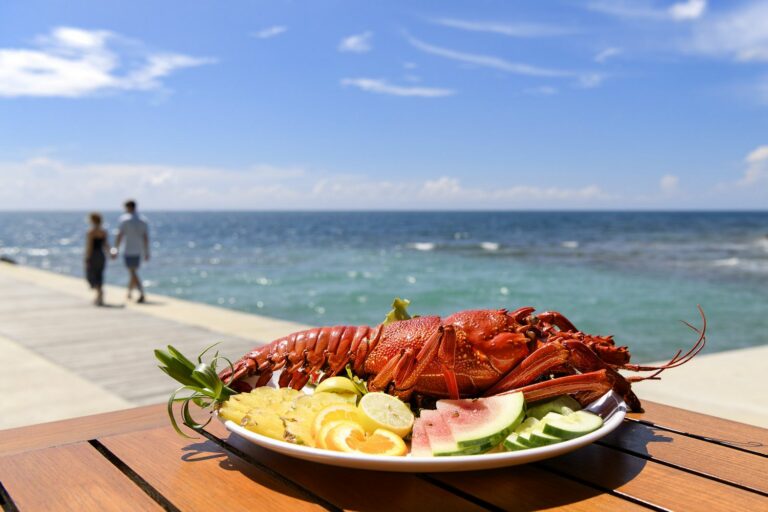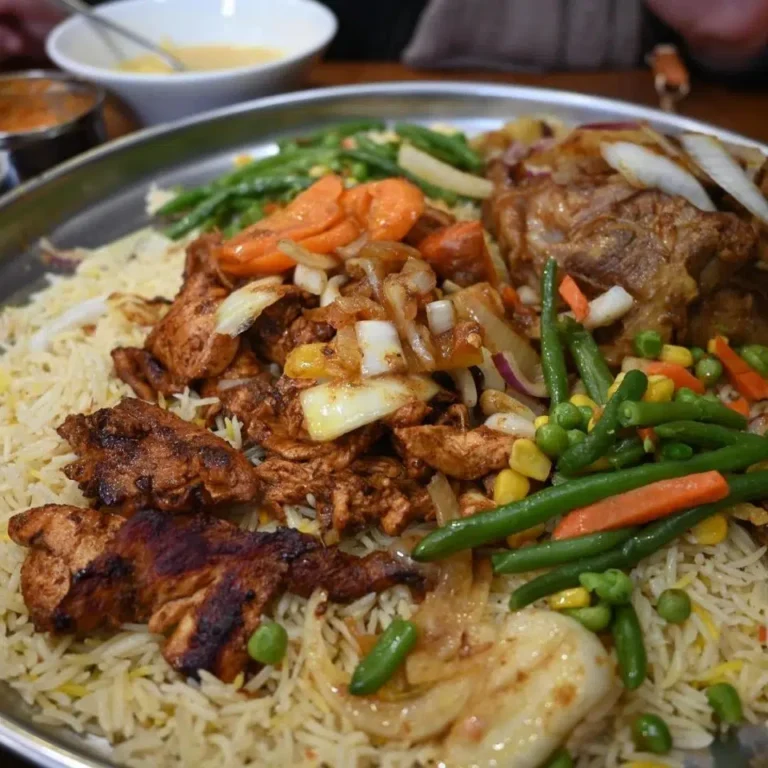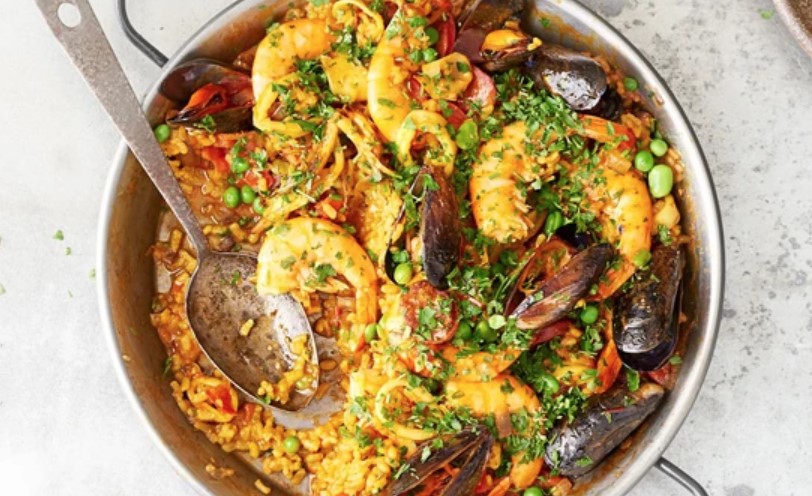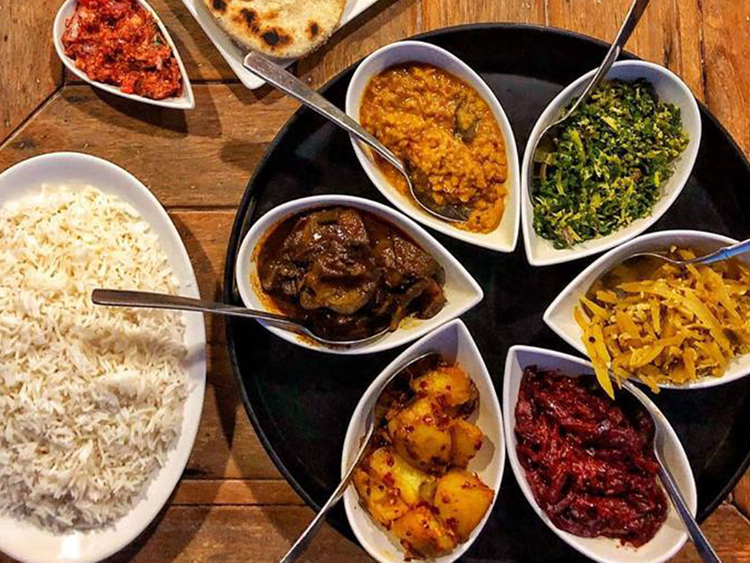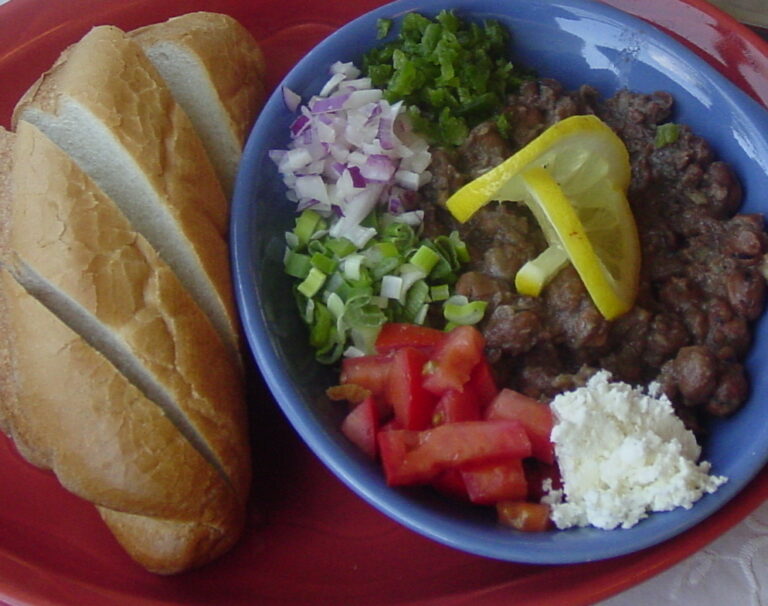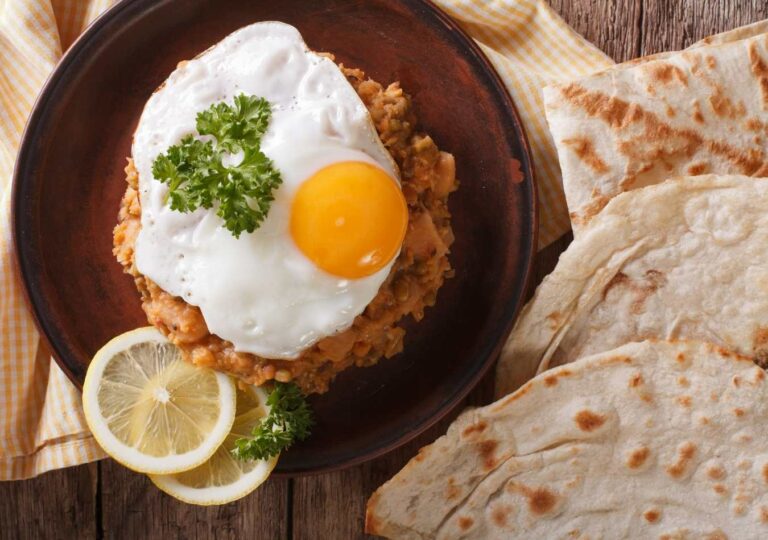Introduction: Slovenian cuisine and traditions
Slovenian cuisine is a blend of Central European and Mediterranean influences, reflecting the country’s location and history. The cuisine is characterized by dishes made from locally sourced ingredients, such as meats, fish, vegetables, and dairy products. Slovenian cuisine also includes a variety of desserts, bread, and wine.
Slovenians have a rich cultural heritage that is celebrated throughout the year with various holidays and festivals. Many of these celebrations have traditional foods that are associated with them, and these foods often reflect the history and culture of the country.
Christmas dishes: Potica, Kranjska klobasa and more
Christmas is a special time in Slovenia, and traditional foods play an important role in the celebrations. One of the most popular Christmas dishes is Potica, a sweet bread filled with a variety of fillings, such as poppy seeds, walnuts, or chocolate. Another traditional dish is Kranjska klobasa, a smoked sausage made from pork, bacon, and garlic. Other Christmas foods include roasted goose, sauerkraut, and apple strudel.
Easter menu: Pisanice, Velikonočna šunka and others
Easter is an important holiday in Slovenia, and it is celebrated with a variety of traditional foods. Pisanice are hard-boiled eggs that are decorated with wax to create intricate patterns and designs. Velikonočna šunka is a ham that is boiled and then coated with breadcrumbs and honey. Other Easter dishes include potica, bread baked with ham and cheese, and horseradish sauce.
Midsummer feast: Potatoes with cottage cheese, žganci
Midsummer is celebrated in Slovenia with a variety of traditional foods. One of the most popular dishes is potatoes with cottage cheese, a simple yet delicious dish made with boiled potatoes and cottage cheese. Another traditional dish is žganci, a type of buckwheat flour dumplings that are often served with meat or sauerkraut.
St. Martin’s Day: Goose, mlinci, and new wine
St. Martin’s Day is celebrated in Slovenia with a feast that includes roast goose, mlinci, and new wine. Mlinci is a type of pasta that is made from flour and water and is often served with rich meat dishes. The new wine, or Martinovo vino, is a young wine that is traditionally consumed on St. Martin’s Day.
Other celebrations and foods: Carnival, St. Nicholas, weddings
Carnival is celebrated in Slovenia with a variety of traditional foods, including krofi, a type of doughnut filled with jam or other sweet fillings. St. Nicholas Day is celebrated with traditional foods such as fritters, potica, and roasted chestnuts. Weddings in Slovenia often feature traditional foods such as jota, a type of stew made with sauerkraut, beans, and potatoes, and ajdovi žganci, a type of buckwheat flour dumplings.
In conclusion, Slovenian holidays and celebrations are closely tied to traditional foods, which reflect the country’s cultural heritage and history. From potica and Kranjska klobasa at Christmas to goose and mlinci on St. Martin’s Day, these dishes are an important part of Slovenia’s culinary traditions.


